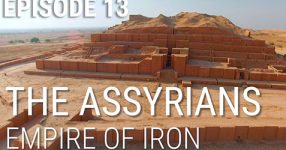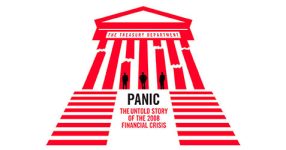The complex and often tumultuous relationship between Iran and America is a historical narrative that spans decades. In this article, we’ll delve into the intricate web of events, conflicts, and diplomacy that have shaped the interactions between these two nations. From the deposition of the Last Shah of Iran to the contemporary nuclear politics, the narrative of “Iran and America Through History” is one marked by challenges, mistrust, and evolving dynamics.
The Last Shah and the 1979 Revolution
The story begins with the Iranian Revolution of 1979, a pivotal moment in history that saw the deposition of the American-supported Mohammad Reza Pahlavi, also known as the Last Shah of Iran. Ayatollah Khomeini emerged as the supreme ruler of Iran, ushering in a new era. While in exile, Khomeini had been a vocal critic of the Shah’s regime, actively inciting revolt.
Transitioning into the late 20th century, both nations displayed mutual dislike for one another, with Iranian leaders chanting “Death to America” while emphasizing their grievances with American leadership, not its people. On the other side, American leaders deemed Iran a prominent member of the “Axis of Evil.”
Ideological Differences and Geopolitical Struggles
Beyond the diplomatic rhetoric, the root cause of the ongoing discord lies in the profound ideological disparities between the two nations. The American government remains deeply concerned about Iran’s aggressive foreign policies, including its support for terrorist groups like Hezbollah, Hamas, and Shiite militias across the Middle East. Iran’s unyielding stance on the Israel-Palestine conflict further fuels tension.
A central point of contention is Iran’s nuclear program, which the United States suspects has military intentions. This suspicion has triggered international sanctions, causing economic strain and severely impacting the lives of Iranians.
A History of Economic Sanctions
Since 1979, Iran has faced numerous rounds of economic sanctions, imposed by the UN and led by the United States. These sanctions encompass a wide range of sectors, from the petroleum industry to banking and logistics. The Iranian economy and its people have borne the brunt of these sanctions, impacting their way of life significantly.
While dialogues between Iran and the West on the nuclear program had been largely unsuccessful for four decades, a notable shift occurred during the Obama administration. Iran agreed to limit its nuclear activities, leading to the lifting of sanctions in 2016. However, the subsequent reinstatement of sanctions by President Trump rekindled the ongoing dispute.
The Dueling Narratives
At the heart of this ongoing conflict are two starkly contrasting narratives. One perspective views the United States as a modern imperialist power, exploiting Iran’s resources and wealth, while the other portrays Iran as an oppressive religious dictatorship feigning victimhood against Western oppression.
In our quest to understand this complex relationship, we must consider a multitude of factors, including historical events, economic sanctions, religious zeal, leadership changes, and geopolitical maneuvering. The looming threat of nuclear weapons further complicates the narrative, as both nations grapple with their conflicting interests.
“Iran and America Through History” is a narrative of twists and turns, marked by historical events, economic sanctions, religious fervor, leadership changes, and geopolitical complexities. As we navigate through this intricate history, it is clear that the challenges in the relationship between Iran and America are deeply rooted, making it a tale of ongoing tensions that continue to shape the world’s political landscape.












